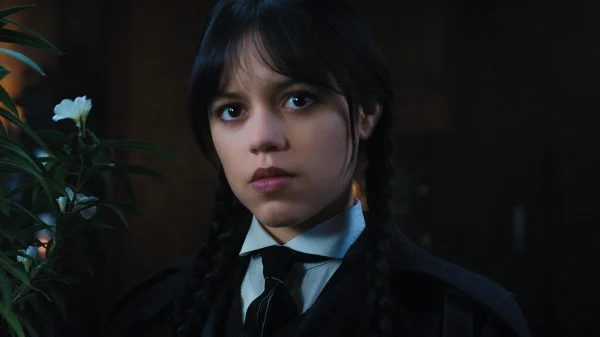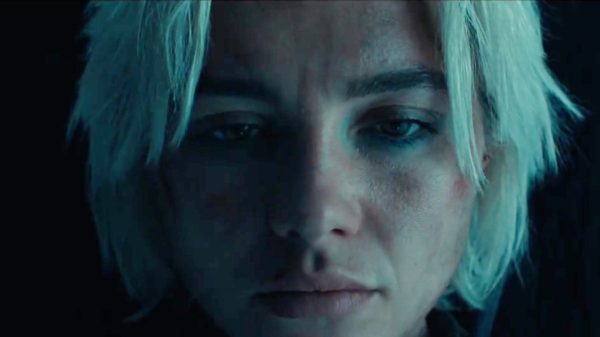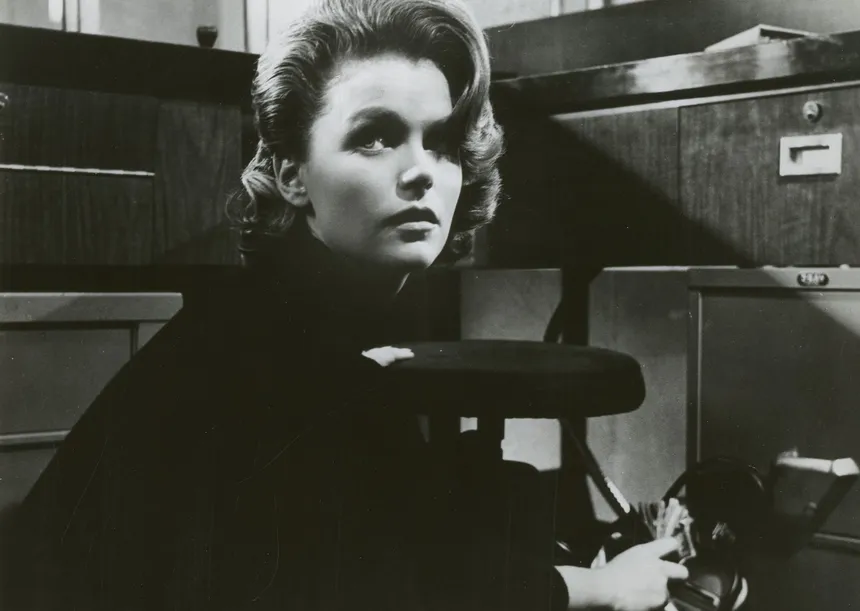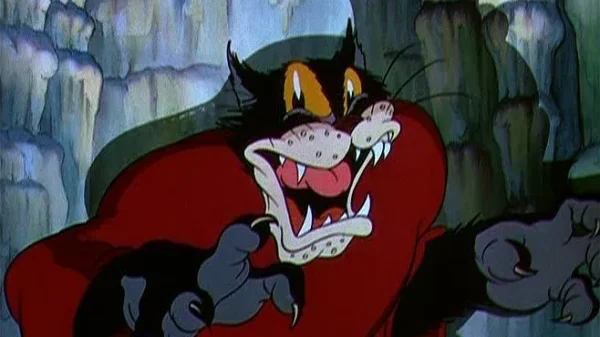“The Big Picture” explores the influence of David Lynch’s work on his noir-tinged worlds of insidious criminals hiding in the undergrowth of small towns and American suburbs. This influence is heavily rooted in the 1962 film “Experiment in Terror,” directed by Blake Edwards. This classic neo-noir, starring Lee Remick and Ross Martin, tells the story of Kelly Sherwood, a young woman psychologically terrorized by an asthmatic killer.
Lynch draws inspiration from the film’s thematic and stylistic elements, particularly in his work “Twin Peaks.” The film’s villains, settings, and themes heavily influenced Lynch’s creation of the show’s surreal world. Lynch’s own style is unmistakable, and he has been praised for writing his own film language. However, this originality is built upon the influences of films like “Experiment in Terror,” which Lynch transformed into something far weirder and beautiful.
The film’s opening credits, set to a jazzy score by Henry Mancini, are reminiscent of the opening shots in Lynch’s own work, such as Twin Peaks. The setting of the film, established during the opening credits, is also suspiciously similar to the setting of Lynch’s own work. The killer’s name, Garland “Red” Lynch, may have also influenced the character of Major Garland Briggs in Lynch’s series.

A Still From Experiment in Terror Movie. (Via IMDB)
The film’s style, themes, and villains are all key influences on Lynch’s work, particularly in “Blue Velvet” and “Twin Peaks.” The film’s setting, lighting, and cinematography all contribute to a sense of tension and suspense, much like Lynch’s own work.
Lynch draws inspiration from a wide pool of cinematic inspirations, including classic Hollywood films like “The Wizard of Oz,” “Sunset Boulevard,” and “Vertigo.” These influences are often transformed into something uniquely Lynchian, making him a filmmaker who wears his influences on his sleeve. Despite this, Lynch’s work remains original and has influenced generations to come.
Lynch is a filmmaker who draws from a wide range of influences, transforming them into something entirely new. Influence is a crucial part of the creative process, and Lynch’s work is no exception.
























